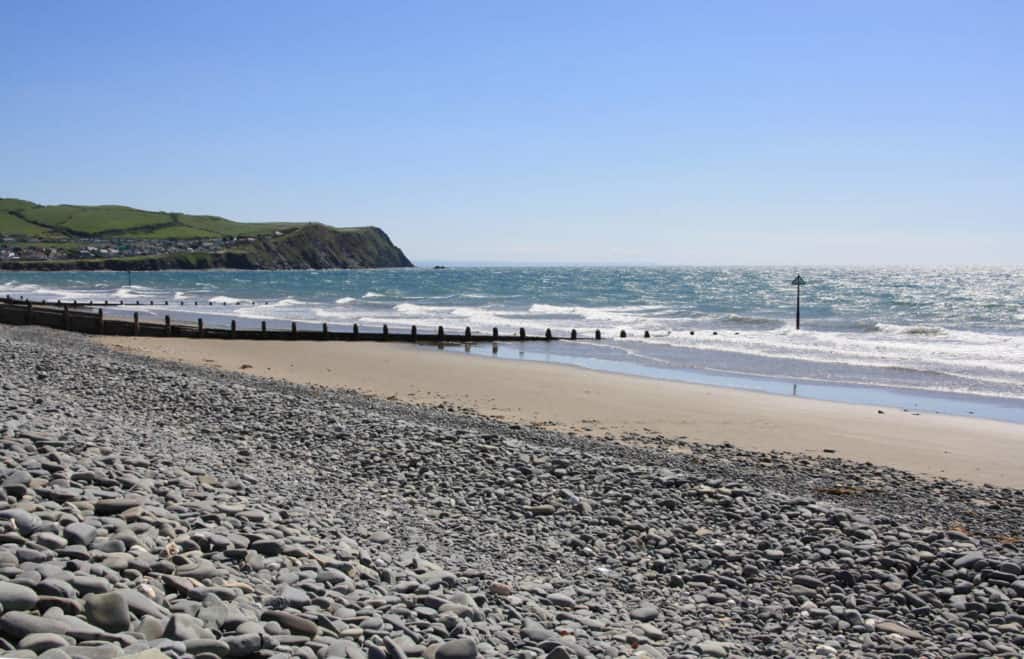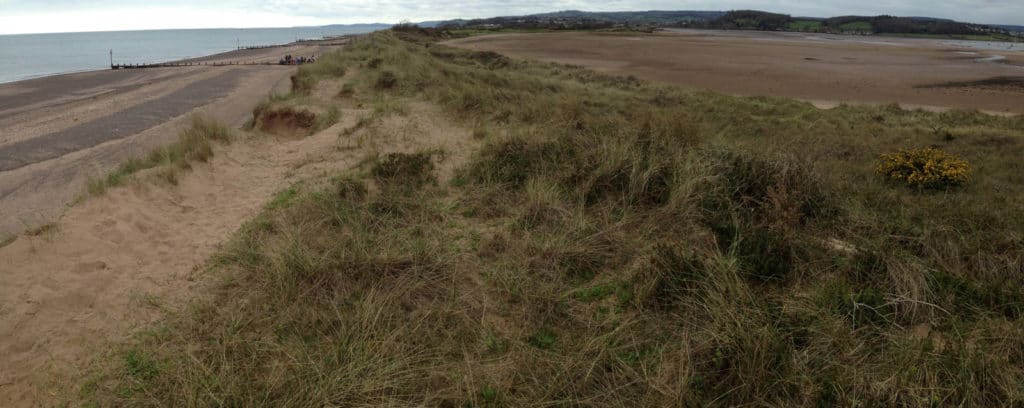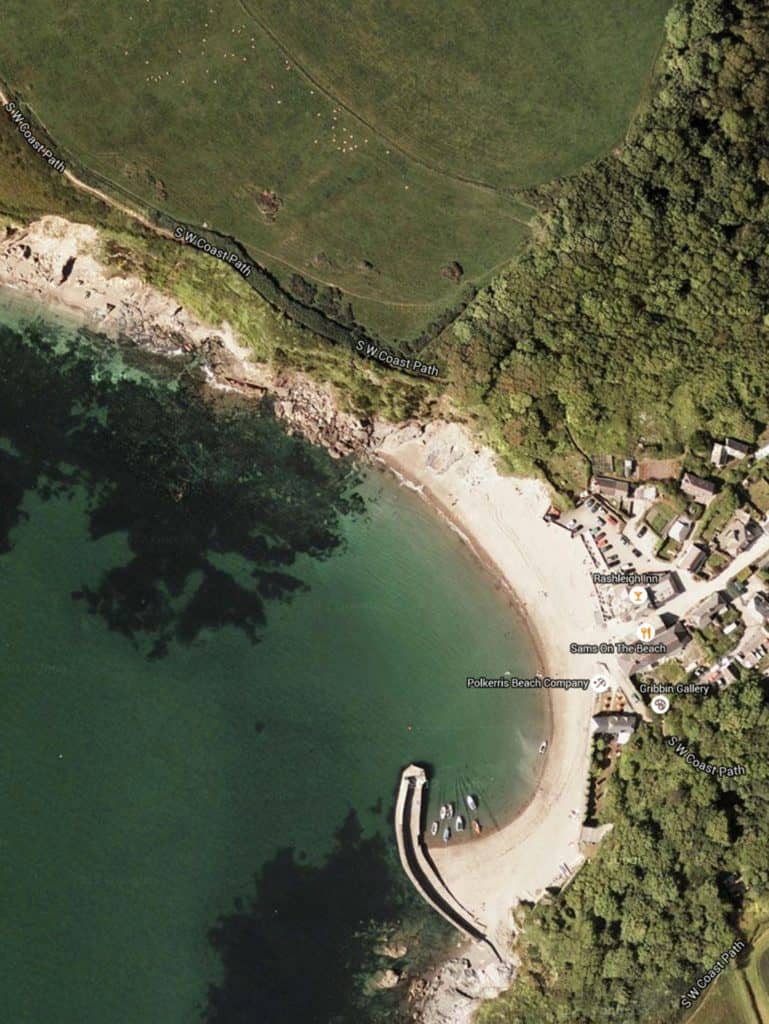Different stretches of the coastline can be put into two different categories: high energy coasts and low energy coasts.
Low energy coasts
- Waves are not powerful (for a significant part of the year)
- The rate of deposition exceeds the rate of erosion
- Characteristic landforms include beaches and spits
High energy coasts
- Waves are powerful (for a significant part of the year)
- The rate of erosion exceeds the rate of deposition
- Characteristic landforms include headlands, cliffs and wave-cut platforms
What questions do geographers ask?
You can ask geographical questions about anywhere on the coast. Here are some examples.

- What coastal processes are happening here?
- How does swash and backwash change from the shore to up the beach?
- How does wave action vary along this length of coast?

- How does the sediment budget vary on either side of the spit?
- To what extent does longshore drift determine the morphology of the spit?
- Has the beach recovered from the storms of winter 2013/14?
News reports and recent research articles provide interesting themes around which you can ask geographical questions. Here are a few examples.
- Explore real-time data (including wave direction and height) and a gallery of photographs from across the coast of England and Wales at the Channel Coast Observatory.
- Explore real-time surfing information from across England and Wales at Magic Seaweed.
- PowerPoint presentation on the impact of the 2013-14 storms on coastal geomorphology in south west England.
What geographical questions could you investigate by fieldwork?
Here are some examples. Each research question has been split into 2 or 3 sub-questions.
| Research questions | Sub questions |
| Why is there an uneven distribution of depositional landforms in the coastal landscape at x? | Where are depositional landforms (like beaches, spits, bars, sand dunes and saltmarshes) in the landscape at x?
Is the rate of deposition linked to wave power? Is there a relationship between wave power and beach morphology? |
| How and why does beach morphology vary between different parts of the coast? | How does beach planform, size, profile and sediment vary?
Is there a relationship between longshore drift and beach morphology? |
| Are the sand dunes at x growing or shrinking? | How does frontal dune profile and dune system width vary?
To what extent is wind action creating new dunes at the shoreline? How have the dunes changed over time? |
Specialised geographical concepts
A good way to demonstrate challenge in your choice of research question and/or sub questions is to consider one or more of the specialised geographical concepts. Here are a few suggestions:
| Specialised concept | Research question or sub question |
| Causality | To what extent do wave characteristics affect landforms at x? |
| Causality | What is the relationship between the rate of deposition and wave energy at x? |
| System | What are the variations in the sediment budget along the foredunes at sand dune system x? |
| Equilibrium | Is spit x in dynamic equilibrium? |
| Feedback | Is there a positive feedback relationship in the development of sand dune blowouts at x? |
| Feedback | Is there a positive feedback relationship between sediment size, infiltration rate and beach gradient at beach x? |
Choosing a fieldwork location
You can either concentrate on a single beach, perhaps the whole beach within a bay or along the length and tip of a spit, or consider depositional landforms along a 2-5km length of coastline.

Polkerris in Cornwall is a possible fieldwork location. Safe access to all parts of the beach is available from Polkerris village. Why does the width of the beach vary? How has this beach changed over time? Is the beach in equilibrium?

Secondary and Further Education Courses
Set your students up for success with our secondary school trips and courses. Offering excellent first hand experiences for your students, all linked to the curriculum.
Group Leader and Teacher Training
Centre-based and digital courses for teachers
Experiences for Young People
Do you enjoy the natural world and being outdoors? Opportunities for Young People aged 16-25.
